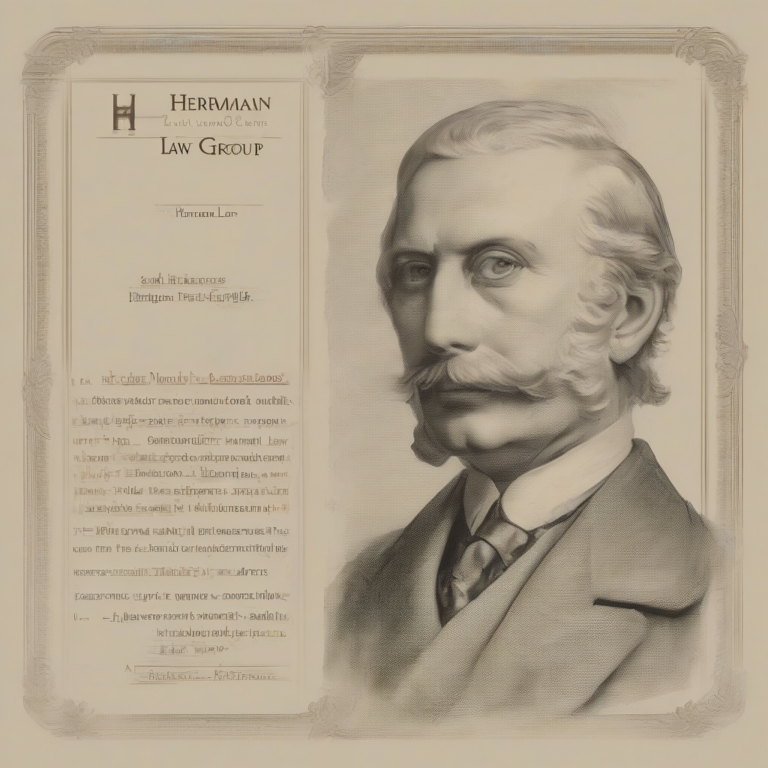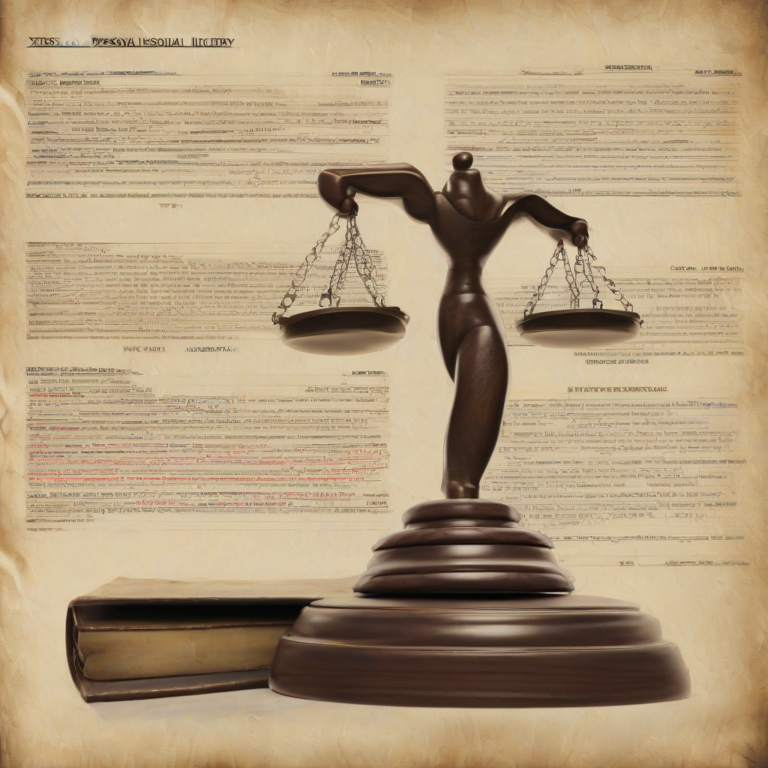
Mastering Legal Citation: A Comprehensive Guide to Citing Laws Accurately and Effectively
Accurate and consistent legal citation is paramount in legal writing. It demonstrates your understanding of legal research, adds credibility to your arguments, and allows readers to easily locate the sources you’ve used. This guide provides a comprehensive overview of how to cite laws, covering various sources and citation styles.
Understanding Citation Styles
Different legal communities and publications use varying citation styles. The most prevalent are:
- Bluebook: The Bluebook: A Uniform System of Citation is the most widely used citation style in the United States, particularly in academic legal writing and judicial opinions. Its rules are detailed and rigorous.
- ALWD Citation Manual: The ALWD Citation Manual is a more concise and user-friendly alternative to the Bluebook, often preferred for its clarity and practicality. It is gaining popularity, especially in practice settings.
- Other Styles: Specific courts or journals might have their own preferred citation styles. Always adhere to the style guide provided by your institution or publication.
This guide primarily focuses on principles applicable across various citation styles, highlighting key differences where necessary. Always consult the specific style guide you are required to use for precise rules.
Citing Constitutions
Constitutional citations generally include the name of the constitution, the article or amendment number, and the section or clause number (if applicable). Examples:
- U.S. Constitution, art. I, § 8, cl. 3: This cites clause 3 of section 8 of Article I of the U.S. Constitution.
- U.S. Const. amend. XIV, § 1: This cites section 1 of the Fourteenth Amendment to the U.S. Constitution.
- Cal. Const. art. I, § 7: This cites section 7 of Article I of the California Constitution.
Citing Statutes
Statutory citation typically includes the name of the jurisdiction, the abbreviated name of the code, the section number, and the year (if needed for distinguishing between different versions of the statute).
- 42 U.S.C. § 1983 (2023): This cites section 1983 of Title 42 of the United States Code, as it appeared in 2023. The year is crucial when multiple versions exist.
- Cal. Civ. Code § 1714 (West 2023): This cites section 1714 of the California Civil Code, using West’s publication as the source. Publisher information can be important, especially with annotated codes.
- N.Y. Penal Law § 155.05 (McKinney 2022): This example uses McKinney’s edition of New York’s Penal Law.
Note the use of abbreviations (U.S.C., Cal. Civ. Code, N.Y. Penal Law) to ensure brevity and clarity. These abbreviations are standardized in the chosen citation style.
Citing Cases
Case citations usually contain the case name, the volume number, the reporter abbreviation, the page number, and the court and year.
- Miranda v. Arizona, 384 U.S. 436 (1966): This cites the landmark Supreme Court case Miranda v. Arizona, found in Volume 384 of the United States Reports, at page 436, decided in 1966.
- Smith v. Jones, 123 Cal. App. 4th 567 (Ct. App. 2004): This example shows a citation to a California Court of Appeal case.
- Roe v. Wade, 410 U.S. 113 (1973): Another Supreme Court case example.
Accurate case names are essential. Pay close attention to capitalization and italics.
Citing Regulations
Citations to regulations often involve the name of the issuing agency, the code title or number, and the section or subsection number.
- 16 C.F.R. § 429.1 (2023): This cites section 429.1 of Title 16 of the Code of Federal Regulations, as amended in 2023. The year is important to track updates.
- 29 C.F.R. pt. 553: This cites Part 553 of Title 29 of the Code of Federal Regulations.
Note the consistency in using “C.F.R.” for Code of Federal Regulations.
Citing Treaties and International Law
Citing international law requires specifying the treaty name, the date, and the relevant article or paragraph.
- Vienna Convention on the Law of Treaties, May 23, 1969, art. 26: This illustrates the citation format for an international treaty.
- Universal Declaration of Human Rights, G.A. Res. 217A (III), U.N. GAOR, 3d Sess., 1948: This citation provides more detail, referencing the UN General Assembly resolution.
Citing Secondary Sources
While the focus is on primary legal sources, you might need to cite secondary sources like law review articles, books, and treatises. Each citation style has specific rules for these. Generally, you need author, title, publication details, and page number.
- Author’s Last Name, Author’s First Name, *Title of Book* (Publisher Year): A typical book citation format.
- Author’s Last Name, Author’s First Name, *Title of Article*, Journal Name (Year): A general structure for law review article citation.
Parenthetical Citations
In addition to providing full citations in footnotes or endnotes, parenthetical citations within the text are essential for providing context to your reader. They should be concise and point directly to the relevant portion of the source. Examples:
- “The Supreme Court held that… (Miranda v. Arizona, 384 U.S. 436 (1966)).”
- “The statute explicitly states… (42 U.S.C. § 1983 (2023)).”
Short Form Citations
To avoid excessive repetition, short forms are used in subsequent citations of the same source. These usually consist of the case name or statute abbreviation, and potentially a pincite to the specific page or section. Examples:
- After a full citation of Miranda v. Arizona, subsequent references can use: (Miranda, 384 U.S. at 444).
- Subsequent citations of 42 U.S.C. § 1983 might use: (42 U.S.C. § 1983).
Important Considerations
- Consistency: Maintain a consistent citation style throughout your document. Inconsistency undermines credibility.
- Accuracy: Double-check all citations for accuracy to prevent errors.
- Updating: Legal sources change frequently; ensure your citations reflect the most current version of the law.
- Tools: Utilize citation management software (e.g., Westlaw, LexisNexis, Citation Managers) to assist with accurate and consistent citation formatting.
- Consult the Style Guide: This guide provides a general overview. Always refer to the specific style guide (Bluebook, ALWD, or another) for detailed rules and exceptions. Each style guide has nuanced rules that are crucial to follow for correct citation.
Mastering legal citation requires practice and attention to detail. By following these guidelines and consistently consulting the relevant style manual, you can ensure your legal writing is accurate, clear, and persuasive.



